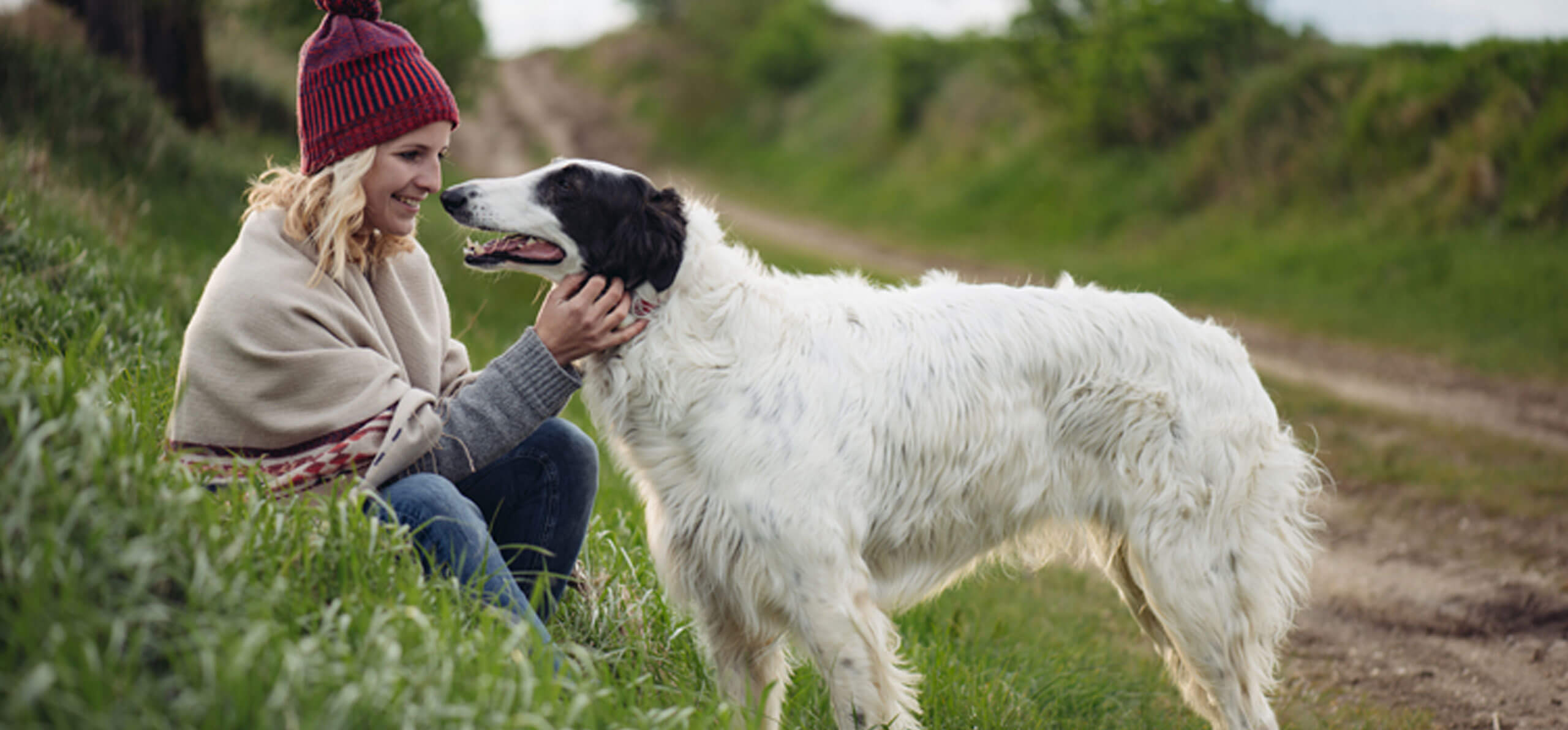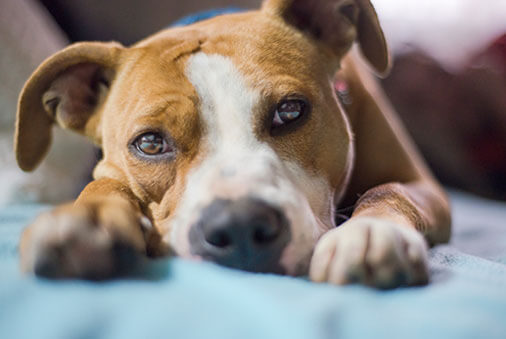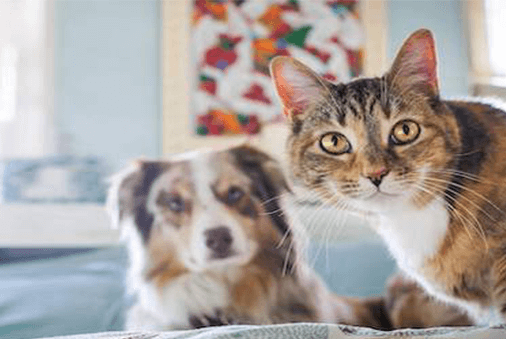Whether you have a Great Dane, Scottish deerhound or Newfoundland, you will have to care for your big, lovable pal differently from small to medium-sized dogs.
Large pups
Your big breed will be easier to train and corral when he’s a pup so keep a few things in mind as you raise him through his formative years:
- Large breed pups’ muscles and joints grow extremely rapidly. It’s important to support their growth by ensuring they get the nutrition they need with special puppy food formulated for large breed dogs.
- Get your big guy used to human touch. Familiarizing him with teeth, gum and paw contact will help him socialize better with people outside family members.
- It’s important the big boys know the basic commands: sit, heel, stay and come, while they’re puppies. Once they become larger and more powerful, you want to be sure they obey your commands to keep themselves and others safe.
Bigger issues
Although different breeds have their own unique health profiles, most large dogs are susceptible to joint problems. Their joints and bones have to support more bulk and weight, which can put more wear and tear on them than smaller dogs. Consequently, conditions like hip dysplasia are more prevalent in bigger breeds.
Large dogs are also prone to developing heart problems. See your veterinarian right away if your big breed is coughing, has difficulty breathing, poor appetite, or weakness and swollen extremities.
Lots to love — and clean
Bathing a big dog can be quite the adventure. For starters,
Get them to like bath water when they’re pups
-
Groom, groom, groom. One of the easiest ways to keep your dog as odor-free as feasible is to brush him thoroughly pre- and post-bath time.
-
Too big for the house tub? If you wash him outside, keep him on a leash. You don’t want to be chasing a big ball of suds down the street.
-
For double-coated dogs like Newfoundlands, you may need to supplement towel drying with a blow dryer, but use it on the cool setting for your dog’s thick fur.
Run of the land
While small dogs can be content living an urban lifestyle inside smaller apartments, larger dogs generally require more room to play.
Take them on fairly long walks (about an hour) at least twice a day. Dog parks are not only great places for play dates, some have obstacle courses and equipment that can give your big dog a run for his money and help to get his muscles moving.
Always ease into exercise. If you’re a marathon runner, don’t take your couch potato of a Golden Retriever out on a 10-mile run. If your large breed is also older or has health conditions, always check with your vet before you start a physical regimen with your dog. Some large dogs are gentle giants and need a softer approach to exercise and play.
Big dogs are a beautiful, sometimes jaw-dropping sight. They can help keep you active and turn walks into physical and social adventures as they turn heads with their powerful and proud statures.





